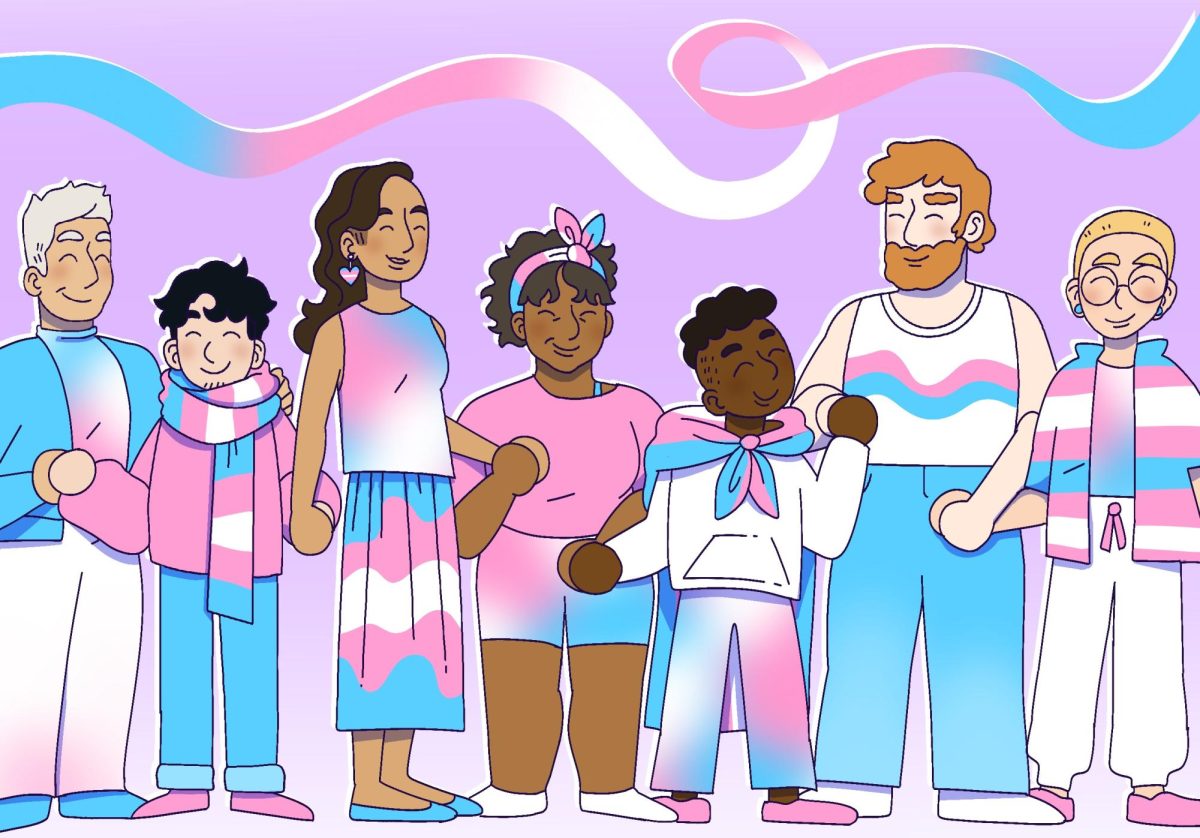Daryl L. Olson’s Thursday column in The Minnesota Daily about sports-related rioting near campuses contained some incorrect information. I appreciate the opportunity to clarify some facts about “celebratory rioting.”
Firstly, I am in an unusual position. I am now the University’s assistant vice president for public safety. At the time of the April 2003 hockey-victory riot I was a Minneapolis deputy police chief who was called in to coordinate resources and regain control. In the process, I got as good a gas exposure as anyone, so believe me, the seriousness of these events is not lost on me.
Let me start with the most important point: More than two arrests resulted from the riot. Arrests were somewhat limited the night of the riot, but there were more than two – by the University Police Department, the Minneapolis Police Department and the Minnesota State Patrol. Subsequent to that, photos of rioters were posted on the University police Web site and a number of rioters were charged with felonies. The final tally among the law enforcement organizations working together is 24 arrests with charges. Eight of these were felony charges, seven resulted in guilty findings and one is still pending.
If anyone doubts the seriousness of the impact on a student’s future after a felony conviction, let me say it is life-changing. This March, a warrant was issued for a convicted student who failed to abide by the conditions the court set. He was arrested on the second day of the warrant by University police.
Olson also indicates that Ohio State University has done a more effective job, through expulsions, of dealing with students who riot. Like the University, Ohio State’s response to rioting behavior has improved. I visited Ohio State to attend a conference on “celebratory rioting” co-sponsored by the University and Ohio State. For Ohio State, 2002 was the worst of many riots they have experienced. Buckeye football is the biggest sport in Columbus, Ohio, a city of 715,000 with a stadium holding 104,000. Despite an Ohio open-container law, public drinking and drunken behavior was tolerated during Buckeye football games. In 2003 Ohio State campus police and Columbus police reasserted the enforcement of laws related to public drinking and drunkenness. There were complaints about infringement on the “entitlement” to party, but no riot.
The University and Minneapolis police departments made the same statement last fall, undertaking joint party details, to send the message that alcohol-fueled community-abusive behavior will not be tolerated. Some observers might not believe that using police resources to set this tone is a worthwhile priority. But I, and the residents in Marcy-Holmes and Como areas, tend to disagree.
With regard to Olson’s observation that Ohio State expelled rioting students and the University did not, he is correct. In April 2003, there was no policy governing such off-campus misconduct for us to rely on. University President Bob Bruininks corrected that shortly after the April riot. We have had no riots since to test the policy and will do all we can so we never have the opportunity.
The law enforcement agencies in our area worked together last fall to prevent rioting, and we undertook planning with the Minneapolis Police Department and other colleagues to prepare for the same possibility this year – although the Gophers will not play in the NCAA Frozen Four.
I have focused on the law enforcement and sanction side of the equation, but I would like to give credit to the students who did not riot last April or last fall. The Minnesota Student Association, the Graduate and Professional Student Assembly, greek associations and others publicly rejected criminal conduct in the name of Gophers sports. Students identified other students engaged in criminal behavior from the photos on the University police Web site, resulting in felony or other charges.
The University, the city, law enforcement, students and the community are taking these incidents with all due seriousness. As a fellow University alumnus, I agree with Olson: The reputation of the University and the entire state is tarnished by these acts of riot. They cannot be prevented by one actor alone, but I am convinced they can be substantially avoided with a united approach. Given the resources – and they can be substantial – law enforcement can control an incident. It is therefore much better that everyone remain united on establishing a culture that rejects the glorification of criminal behavior as part of the “college experience.”
Greg Hestness welcomes comments at hestness@umn.edu







